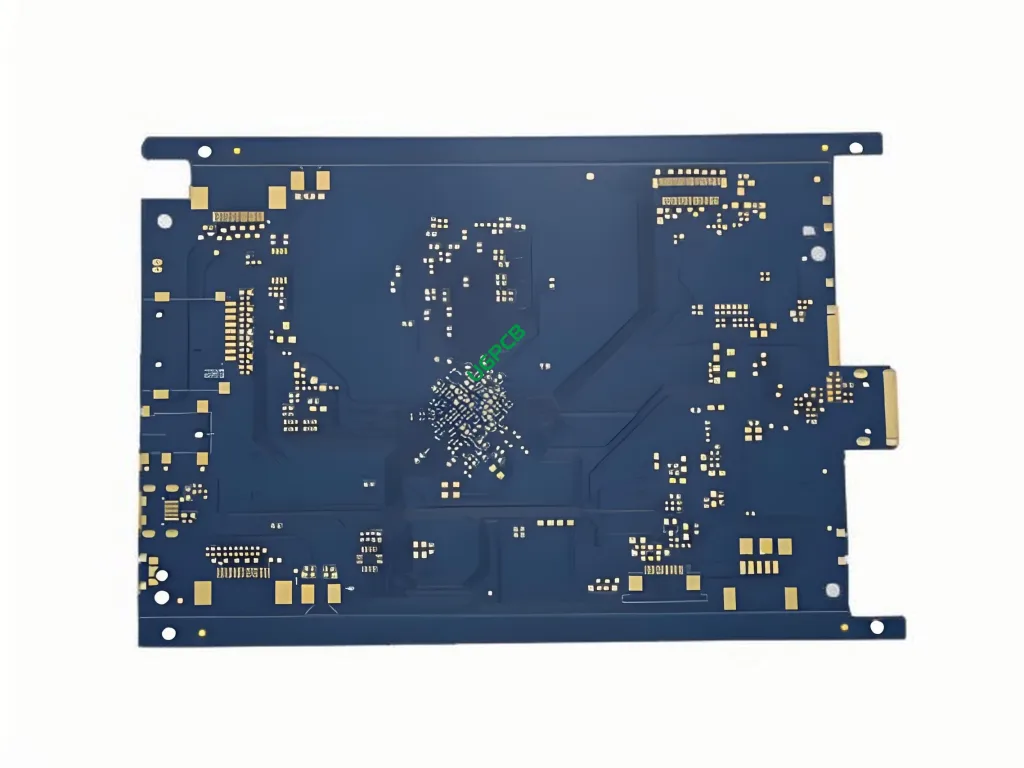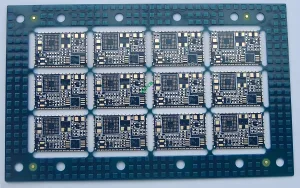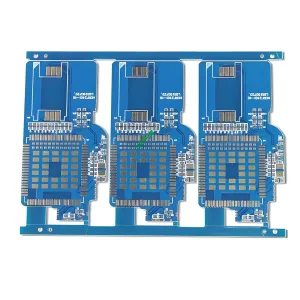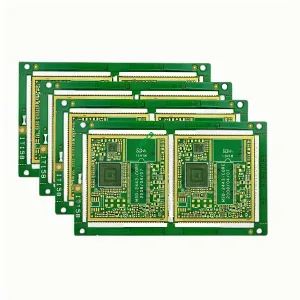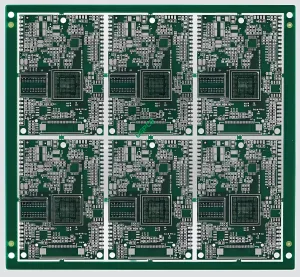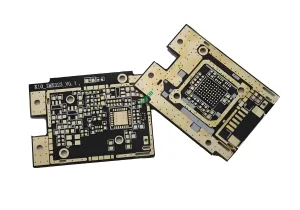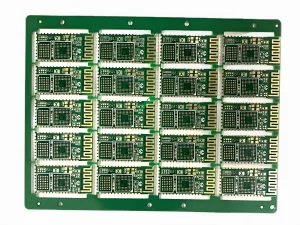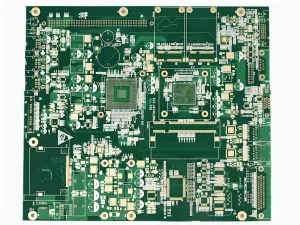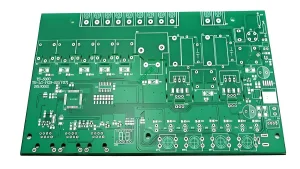소개 6 레이어 PCB
그만큼 6 Layer PCB is a sophisticated electronic component designed for high-performance applications requiring complex circuitry. It consists of six layers of conductive material, typically copper, separated by insulating layers. This multilayer structure allows for greater functionality and compactness compared to single or double-sided PCBs.
무엇입니까? 6 레이어 PCB?
에이 6 레이어 PCB, 또는 인쇄 회로 기판, is an advanced electronic substrate that features six layers of conductive pathways embedded within insulating layers. These layers are meticulously arranged to create intricate circuit designs suitable for demanding electronic applications. The additional layers provide enhanced signal integrity, power distribution, and thermal management capabilities.
설계 요구 사항
Designing a 6 Layer PCB involves several critical considerations:
- 재료 선택: Common materials include S1141, S1000, and 370HR, chosen based on their electrical properties and compatibility with the manufacturing process.
- Layer Stackup: Determines the arrangement of signal and ground planes, crucial for minimizing crosstalk and ensuring reliable signal transmission.
- 구리 두께: Typically specified as 1/H/H/H/H1 OZ, indicating varying thicknesses across different layers to optimize performance and cost.
- 표면 처리: Options like Immersion Gold or OSP (Organo-Silicon Protection) are applied to protect the copper surfaces and enhance solderability.
How Does it Work?
그만큼 6 Layer PCB functions by providing a platform for electrical components to be interconnected through a series of conductive paths etched onto its surface. Each layer contains specific patterns of copper traces that form circuits when connected via plated through-holes or vias. The multiple layers enable more complex circuit designs without increasing the board’s footprint, making it ideal for modern electronic devices where space is limited.
응용
Due to their complexity and capability to handle high-speed signals with minimal interference, 6 Layer PCBs are widely used in consumer electronics such as smartphones, 정제, 노트북, 및 기타 휴대용 장치. They are also found in automotive electronics, 의료 장비, and industrial controls where reliability and performance are paramount.
분류
6 Layer PCBs can be classified based on several factors:
- By Material: As mentioned, they may use S1141, S1000, or 370HR depending on the required characteristics.
- 응용 프로그램에 의해: General-purpose or specialized for specific industries like telecommunications, 항공우주, or defense.
- By Surface Treatment: Different finishes like Immersion Gold or OSP cater to various environmental conditions and soldering processes.
Materials Used
The primary materials used in manufacturing 6 Layer PCBs include:
- 기본 재료: Often fiberglass-reinforced epoxy resins (FR-4), which offer excellent mechanical strength and thermal stability.
- 구리 포일: Varying thicknesses are used to balance conductivity and cost-effectiveness.
- 솔더 마스크: Typically green in color, it protects the copper traces from oxidation and accidental short circuits.
- Silk Screen: A white coating used for labeling components and providing instructions for assembly.
성능 특성
Key performance attributes of a 6 Layer PCB include:
- 신호 무결성: Enhanced by strategic layer placement and grounding schemes.
- 열 관리: Improved heat dissipation due to larger copper areas and potentially thicker boards.
- 기계적 강도: Multilayer construction adds rigidity, reducing the risk of damage during handling or operation.
Structural Composition
구조적으로, 에이 6 Layer PCB comprises:
- Conductive Layers: Six layers of copper traces separated by dielectric materials.
- Insulating Layers: Prevent electrical shorts between conductive layers.
- vias: Conductive holes that connect different layers, allowing vertical integration of circuits.
독특한 특징
Some notable features of a 6 Layer PCB are:
- 고밀도: Allows for complex circuit designs within a compact form factor.
- 신뢰할 수 있음: Multilayer design improves resistance to electromagnetic interference (EMI).
- 다재: Suitable for a wide range of applications due to customizable layer configurations and material choices.
생산 과정
The manufacturing process of a 6 Layer PCB involves several steps:
- 디자인 및 레이아웃: Using specialized software to create the circuit pattern.
- 재료 준비: Cutting base materials to size and cleaning surfaces.
- 라미네이션: Stacking and bonding individual layers under heat and pressure.
- 에칭: Removing excess copper to form the desired circuit paths.
- 도금: Adding a thin layer of metal to vias and exposed copper areas.
- 솔더 마스크 적용: Applying the green coating to protect traces.
- Silk Screen Printing: Adding text and symbols for component placement.
- 최종검사: Ensuring quality and functionality before shipment.
사용 사례
Common scenarios where a 6 Layer PCB might be employed include:
- High-density interconnect applications in mobile devices.
- Advanced communication systems requiring low signal loss.
- Portable medical instruments needing reliable performance in harsh environments.
- Automotive electronics demanding robustness and longevity.
요약하면, 그만큼 6 Layer PCB represents a significant advancement in printed circuit board technology, offering unparalleled complexity and performance for modern electronic applications. Its design flexibility, combined with superior signal integrity and durability, makes it an essential component in the development of next-generation consumer electronics and beyond.
 UGPCB 로고
UGPCB 로고

